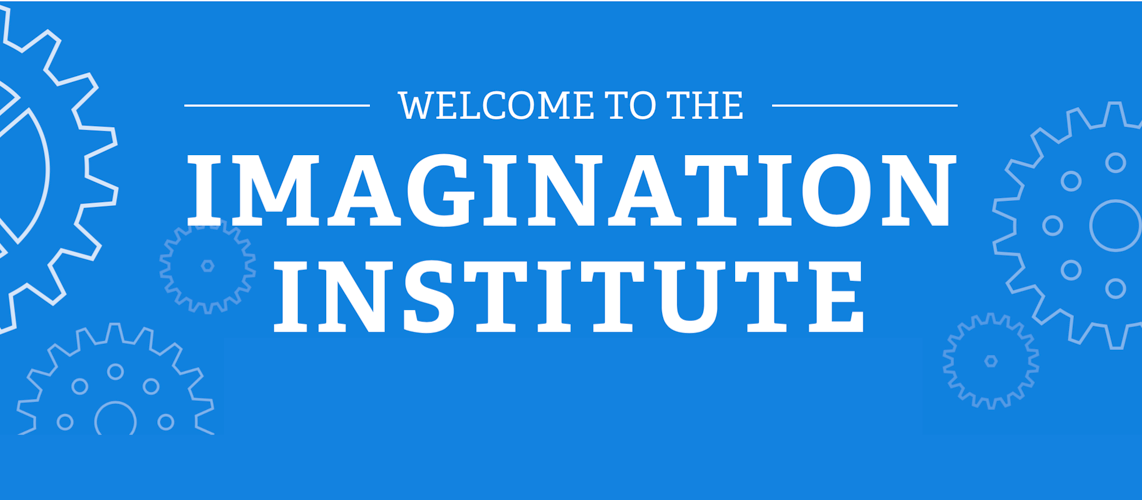Brooklyn College
Visual imagination involves the ability to generate, manipulate, and transform images mentally, and requires going beyond the information given to the senses. This kind of ability is prized in STEM fields (architecture, engineering, physics, surgery) as well as the arts (visual art, dance, theater) but visual imagination is underdeveloped in the general population. We will use the activity of drawing to develop visual imagination in individuals with no prior training or talent in drawing, and we will assess the success of our training with a new assessment tool.
Researchers

Jennifer Drake
Jennifer Drake is an Assistant Professor of Psychology at Brooklyn College and the Graduate Center of the City University of New York. She received her Ph.D. in Developmental Psychology with a minor in Statistics from Boston College in 2012. Her research program focuses on emotion regulation and the arts in children and adults. Her studies demonstrate that drawing works to improve mood not by allowing venting but by inviting distraction. In a second line of research, she studies the cognitive and perceptual processes underlying graphic representation skill in artistically gifted children in order to understand the development of superior perceptual abilities. She has found that realistic drawing talent is unrelated to IQ, and that children gifted in graphic representation exhibit perceptual strengths also seen in individuals with autism. Her research has been featured in Scientific American Mind, The Atlantic, The Wall Street Journal, and National Public Radio.

Ellen Winner
Ellen Winner is Professor and Chair of Psychology at Boston College, and Senior Research Associate at Project Zero, Harvard Graduate School of Education. She directs the Arts and Mind Lab, which focuses on cognition in the arts in typical and gifted children. She is the author of over 100 articles and four books: Invented Worlds: The Psychology of the Arts (Harvard University Press, 1982); The Point of Words: Children’s Understanding of Metaphor and Irony (Harvard University Press, 1988); Gifted Children: Myths and Realities (BasicBooks, 1997, translated into six languages and winner of the Alpha Sigma Nu National Jesuit Book Award in Science); and co-author of Studio Thinking: The Real Benefits of Visual Arts Education and Studio Thinking2: The Real Benefits of Visual Arts Education (Teachers College Press, 2007 & 2013). She served as President of APA’s Division 10, Psychology and the Arts, in 1995-1996, and in 2000 received the Rudolf Arnheim Award for Outstanding Research by a Senior Scholar in Psychology and the Arts from Division 10. She is a Fellow of the American Psychological Association (Division 10) and of the International Association of Empirical Aesthetics.

Seymour Simmons
Seymour Simmons is an Associate Professor at Winthrop University, Rock Hill, SC, where he teaches art education and studio courses in foundation and figure drawing. He was formerly an Assistant Professor at Massachusetts College of Art and taught at middle school and adult education levels. He has a B.F.A. in printmaking from Colorado State University, and M.Ed. and Ed.D. degrees from Harvard University in Philosophy of Education. His dissertation traced the history and philosophy of drawing instruction in art education and the education of artists. From 1985 to 1993, he did research at Harvard Project Zero and is currently part of an international research group studying drawing and cognition. His ongoing research interests include: the history and philosophy of drawing instruction, drawing in holistic development, drawing across the curriculum, creativity theory and teaching for creativity, and Multiple Intelligences in and beyond the arts. He also continues as an active artist working primarily in drawing and watercolor. Dr. Simmons is co-author (with M.S.A. Winer) of Drawing: The Creative Process, Simon and Schuster, 1977; co-editor (with E. Winner) of Arts PROPEL Visual Arts Handbook, HPZ and ETS, 1993; and co-editor (with L. H. Campbell) of The Heart of Art Education: Contemporary Holistic Approaches to Creativity, Connection, and Transformation, National Art Education Association, 2012. His work has appeared in numerous journals and book chapters, e.g. “Philosophical Models of Drawing Instruction,” in Drawing: Research and Development, D. Thistlewood, Ed., Longwood Press, 1992; and “Creativity, Collaboration, and Integration: The Ideas of Howard Gardner for Education in the Arts,” (with A. Fletcher) in Arts Integration in Education: Teachers and Teaching Artists as Agents of Change, G. Mardirosian and Y. Lewis, Eds., Intellect Press, 2015.
